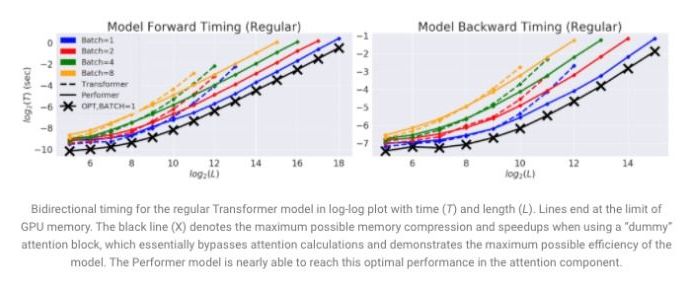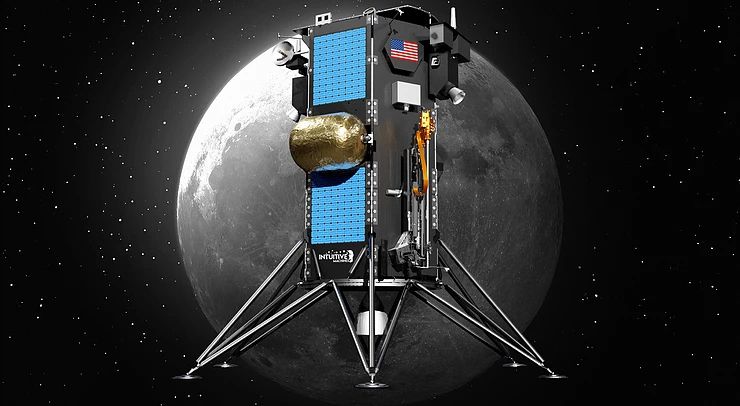Samsung and Stanford have developed a 10,000PPI OLED screen that could lead to completely seamless VR displays.


AI practitioners can draw lessons from scientists working with animals to train reinforcement learning agents, a recent paper found.



Article from CNN. I didn’t expect drones would have so much impact all over the world.
It’s good to see that it’s helping people in Africa.
Drones have been transforming logistics in parts of Africa, especially for the delivery of medical products.
CNN’s Eleni Giokos examines how this technology has been serving the needs of rural communities in Ghana, and what’s next for supply chains using drones during uncertain times.

Transformer model, a deep learning framework, has achieved state-of-the-art results across diverse domains, including natural language, conversation, images, and even music. The core block of any Transformer architecture is the attention module, which computes similarity scores for all pairs of positions in an input sequence. Since it requires quadratic computation time and quadratic memory size of the storing matrix, with the increase in the input sequence’s length, its efficiency decreases.
Thus, for long-range attention, one of the most common methods is sparse attention. It reduces the complexity by computing selective similarity scores from the sequence, based on various methods. There are still certain limitations like unavailability of efficient sparse-matrix multiplication operations on all accelerators, lack of theoretical guarantees, insufficiency to address the full range of problems, etc.
TESS, the Transiting Exoplanet Survey Satellite, was launched in 2018 with the goal of discovering small planets around the Sun’s nearest neighbors, stars bright enough to allow for follow-up characterizations of their planets’ masses and atmospheres. TESS has so far discovered seventeen small planets around eleven nearby stars that are M dwarfs — stars that are smaller than the Sun (less than about 60% of the Sun’s mass) and cooler (surface temperatures less than about 3900 kelvin). In a series of three papers that appeared together this month, astronomers report that one of these planets, TOI-700d, is Earth-sized and also located in its star’s habitable zone; they also discuss its possible climate.
CfA astronomers Joseph Rodriguez, Laura Kreidberg, Karen Collins, Samuel Quinn, Dave Latham, Ryan Cloutier, Jennifer Winters, Jason Eastman, and David Charbonneau were on the teams that studied TOI-700d, one of three small planets orbiting one M dwarf star (its mass is 0.415 solar masses) located one hundred and two light-years from Earth. The TESS data analysis found the tentative sizes of the planets as being approximately Earth-sized, 1.04, 2.65 and 1.14 Earth-radii, respectively, and their orbital periods as 9.98, 16.05, and 37.42 days, respectively.

#NASA has selected Intuitive Machines to deliver the #polar Resources #IceMining Experiment (PRIME-1) #drill, combined with a mass spectrometer, to the #Moon by December 2022.
The ice drilling #mission is the Houston-based company’s second Moon contract award under NASA’s Commercial Lunar Payload Services (CLPS) initiative.
#space #spaceexploration #spaceindustry #newspace #spaceeconomy #spacetechnology #spacesector #Spacemining
NASA has tapped the Houston-based company Intuitive Machines to land an ice-mining drill on the south pole of the moon in 2022.
Under the deal, NASA will pay Intuitive Machines $47 million to deliver the space agency’s Polar Resources Ice Mining Experiment (PRIME-1) to the moon’s south pole. It is the first-ever mission designed to harvest water ice from inside the moon, NASA officials said. Moon ice is a resource NASA hopes to exploit under its Artemis program, which aims to return astronauts to the moon in 2024.

